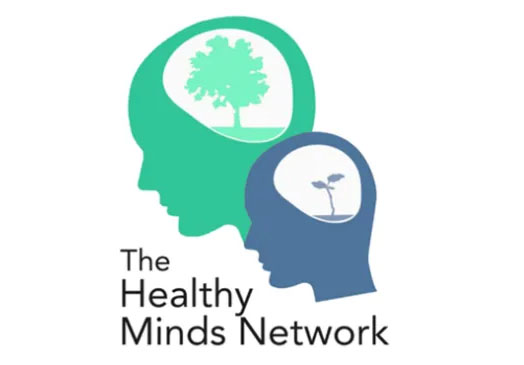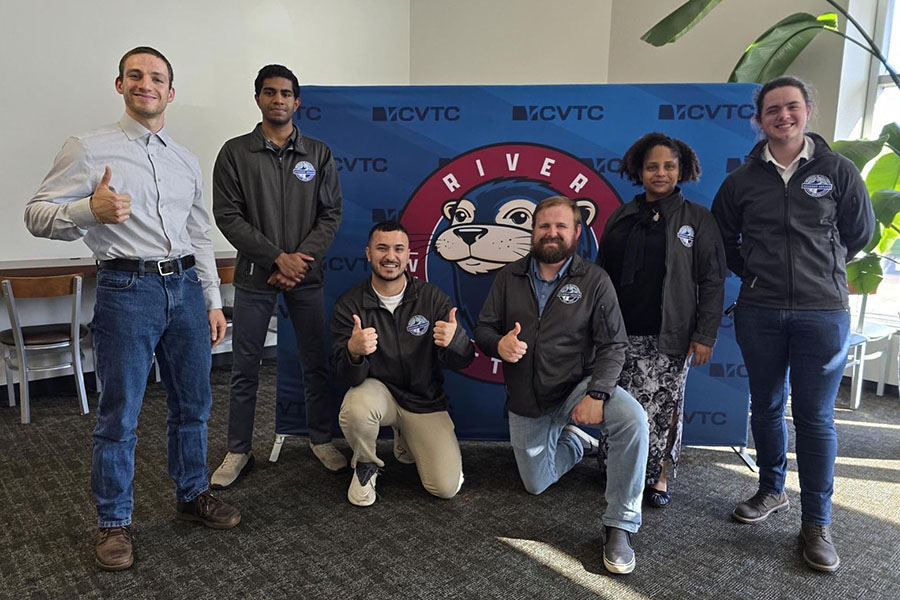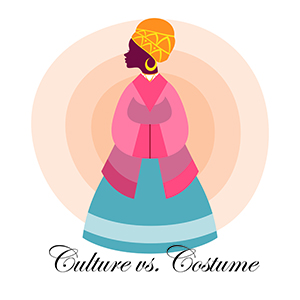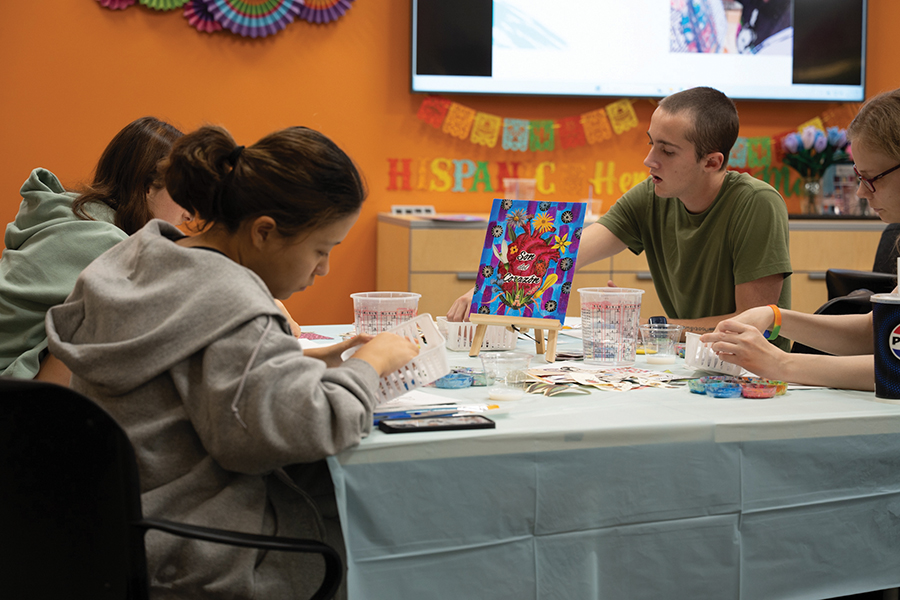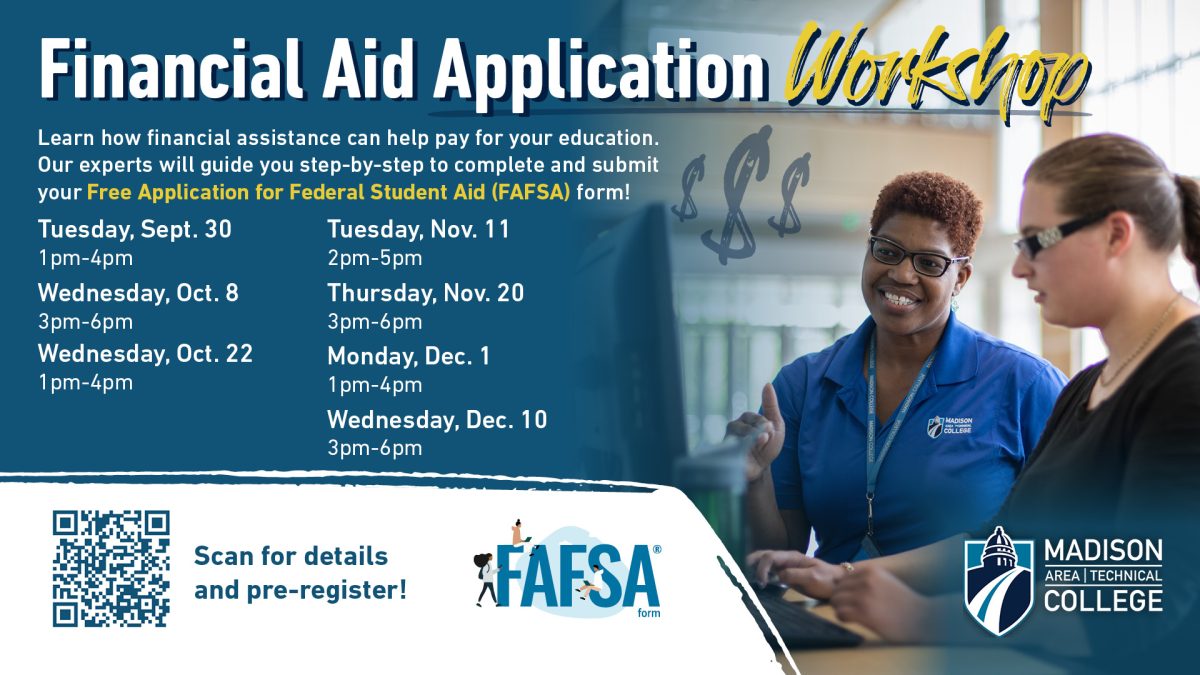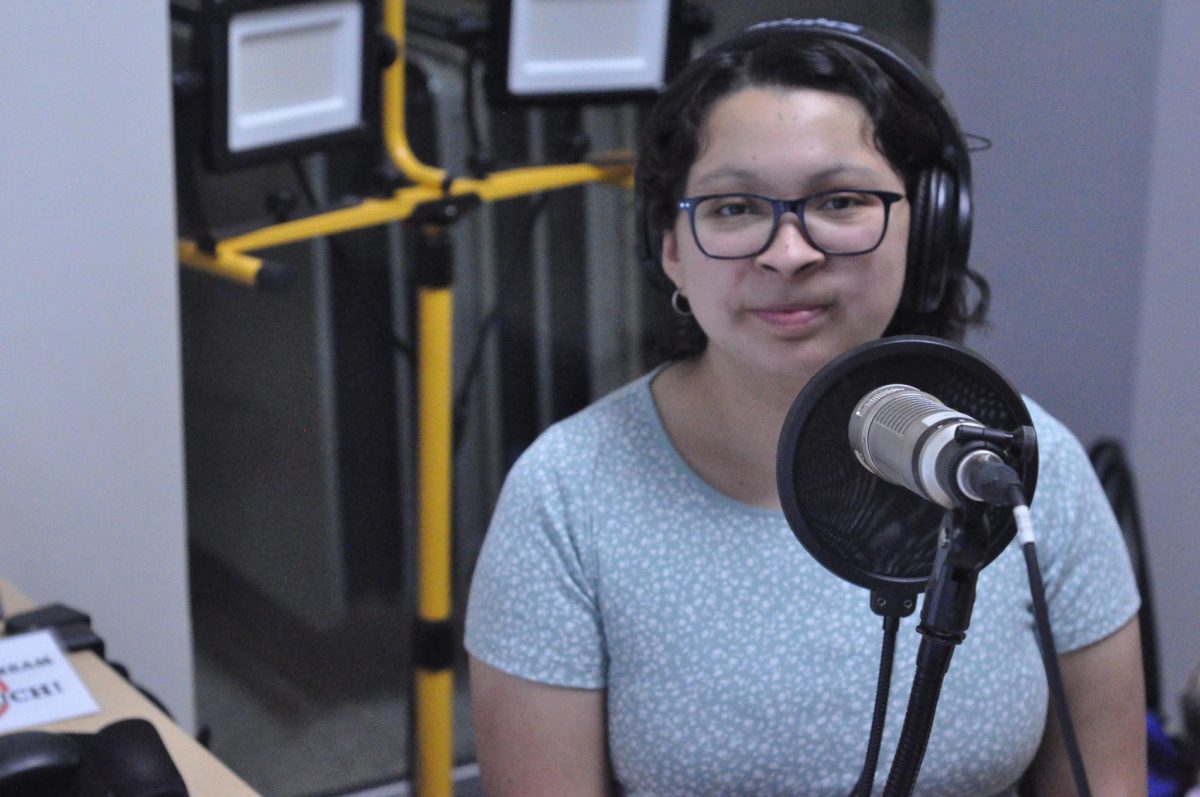The national average cost of books and supplies for college students hovers around $1,100 per student per year. This varies, of course, by location, school and course of study, but everyone feels the bite. Where does all this money go? Why are we spending it, and who benefits? Why don’t we all just use open-source materials, like OpenStax?
Bethany Sansing-Helton gives the most compelling reason.
“It’s not about the textbook. It’s about the other resources we get. Homework problems, test problems, PowerPoint slides,” she said.
Teachers, especially ones teaching a particular subject for the first time, rely on these resources. But couldn’t they get them from other teachers?
“It’s a little different in a community college, but nobody shares everything,” Sansing-Helton said. She added that in large universities, material created for a particular course by a teacher is sometimes jealously guarded. A change in culture would solve some of the problems, but not all of them.
Everyone seems to agree that publishing companies’ current practices are abusive, like putting out new editions with only minor, inconsequential changes just to force students and teachers to buy new rather than used. They make a lot of money doing this; all of the top eight publishing companies in the world are education publishing. Even Random House, the ninth biggest, is owned by Bertelsmann, who ranks fifth on that list. In fact, you have to read all the way down to number 18 on the list to find HarperCollins, the first self-owned publishing company that is not primarily education.
Where does all this money go? At least some of it is going to developing better materials for the teachers, more online resources, and publisher-specific homework sites. That’s the new big selling point. But if these sites and extra materials are such a big selling point, why don’t colleges develop their own tools?
“I was at (University of Colorado) when they tried that. It didn’t work. We just don’t have the same resources as the publishing companies do,” said Archie Paulson, a physics teacher here at Madison Area College. When the idea of partnering with an existing homework site was brought up, he was hesitant again.
“One of the drawbacks to that can be that teachers all have different styles, they all want different things. Letting them pick the tools can be a good thing.”
Not every teacher asked was as hesitant. Oumar Kaba, a math teacher here and at UW, was enthusiastic about the idea of using open source materials.
“Anything to save the students money,” Kaba said.
In the end, most of what you’re paying for is classroom materials–things you gain the benefit of anyway. Is there a better way? Probably, but it will take some searching and perhaps a shift in the culture of education before it comes to light. Meanwhile, as a student, you should talk to your teachers about the options that are available to them, and try to understand why they have asked you to buy a $150 used textbook. It might not save you any money, but it might help you understand what, exactly, you’re paying for. And who knows, they might just tell you to download the PDF.

